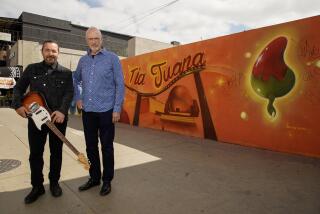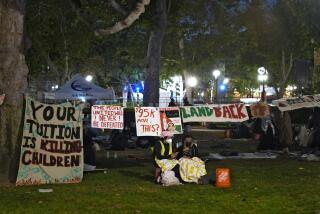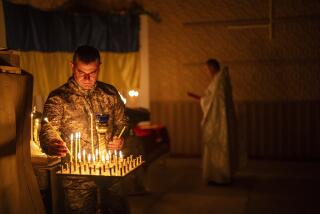Potala retains its magic despite tourism and urban boom
Potala, the historic palace of the Dalai Lama in the Tibetan capital of Lhasa, retains its magic despite a tourism boom and urbanization.
The building, whose origins date back to the 7th century despite 17thcentury constructions, presides over Lhasa from the ‘Red Hill’ and towers more than 300m over the Lhasa river valley.
The building has 13 stories and measures 400m from east to west and 350 from north to south, with some thousand rooms spread over 400,000 square meters, of which only 130,000 square meters are currently in use.
The palace that served as the winter residence of the Dalai Lama until the current Dalai Lama went on exile in 1959, is divided into a “White Palace” and “Red Palace.”
The White Palace houses the private residences of the Dalai Lama, administrative offices and other units, while the Red Palace was exclusively dedicated to religious activities such as studies and prayers.
Tourists are allowed to visit the private quarters of the Dalai Lama, including his office, the meeting rooms and study, with the exception of his bedroom and photography is strictly prohibited.
In the religious section, one can see sarcophagi and funerary monuments of the last eight Dalai Lamas.
Certain walls bear testimony to innumerable historic incidents, while one room houses more than 3,700 small gold Buddha statues donated by pilgrims and visitors.
The rooms and corridors in the palace display the Tibetan tradition of coffered ceilings and columns of carved wood, and everything (doors, ceilings, walls and beams) are painted and decorated in geometric patterns.
The Potala palace was declared a UNESCO heritage site in 1994, but the organization has had disputes with China regarding the successive renovations required to preserve a monument constructed mainly of stone and wood and subject to extreme temperatures.
Chinese authorities claim that the restoration work has been conducted with materials used in the original construction, and had said there won’t be any highrise constructions in its vicinity, although a giant communication tower looms over it on a nearby hill to the west of the palace.
The palace looks beautiful in the night as it is completely illuminated but heavy lighting from the tower often interferes with the view.
However, the main problem for Potala perhaps is overcrowding. Although the annual number of visitors to Potala is not disclosed by authorities, during the peak season from July to September, around 5,000 tourists are known to visit daily.
The number of daily visitors to the palace was limited to 1,500 before 2006, when the BeijingLhasa train was inaugurated and tourism picked up in the region.
From less than four million tourists in 2005, the region is expecting 24 million this year.
From the palace, one can also see the plaza known as the ‘Monument of Peaceful Liberation of Tibet’ which is how China refers to its 1951 occupation that bears posters of Chinese President Xi Jinping and political slogans.
The outskirts of Lhasa are also growing at an accelerated pace, with plenty of housing developments including highrise buildings.
Although some of the new constructions have Tibetan architecture or designs, most are more reminiscent of the concrete explosion seen in other Chinese cities.
According to official figures, the population of Lhasa has increased by 26 percent in the last 15 years, reaching 600,000, mainly due to migration from villages and cities and from other regions of China.






